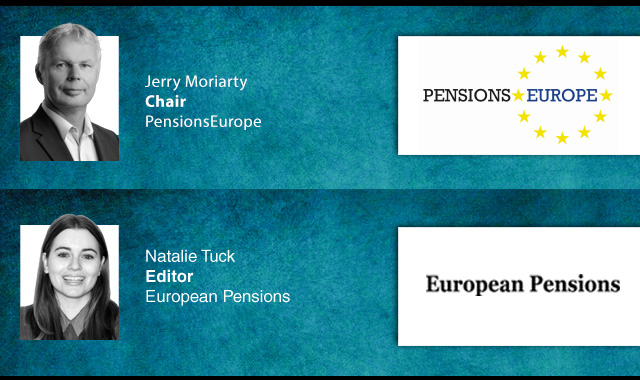The global pension fund assets in the 16 major markets, which includes the UK, grew by over 6 per cent during 2014, reaching a high of $36trn (£23.7trn), according to Towers Watson.
The Towers Watson Global Pensions Assets Study found the growth is a continuation of a trend which started in 2009, when assets grew by 18 per cent; a contrast to the 22 per cent fall in 2008. Since 2004 global pension fund assets have grown on an average of 6 per cent per annum in USD.
The research showed DC assets grew rapidly in the ten-year period to 2014, with a compound annual growth rate of 7 per cent, compared to 4 per cent for DB assets. As a result DC pension assets have grown from 38 per cent of all pensions assets in 2004 to 47 per cent in 2014 and are expected to overtake DB assets in the next few years.
Towers Watson global investment director Roger Urwin said DC assets will soon account for the “majority of global pension fund assets” and are becoming the “dominant global pensions model.”
However, he added the shift brings with it a “transfer of risk” and a new tension in the balance of control and ownership, which will test governments and pensions industries.
“These billions of new pension members have high and immediate expectations in a world of low returns and in many cases where the benefits of pooling are not fully exploited. This pressure is likely to accelerate the emergence of a more effective “value chain”, where expense on various activities has a better value proposition than exists today,” he said.
He explained the use of passive approaches and smart betas in DC will lead to fee compression, which is likely to become a large disruptive force over time.
According to the study, pension assets now amount to around 84 per cent of global GDP, substantially higher than the 54 per cent recorded in 2008. Urwin stated despite improvement to pension balance sheets world over, many DB schemes are still in a very weak solvency position.
“With global pension assets at only 84 per cent of global GDP, the pensions industry gets quite poor marks for providing good value for the worker and pensioner populations. The acid test for national pension systems should be to get assets to at least 150 per cent of GDP,” he said.
In addition, the research found a reduction in home bias equities as the rate in domestic equities in pension portfolios fell, on average from 65 per cent in 1998 to 43 per cent in 2014. UK exposure to domestic equities has more than halved to 36 per cent, since 1998. The US maintained the highest bias to domestic equities from 65 per cent in 1998 to 43 per cent in 2014.
Urwin said this shift away from domestic equities is one indication of an increased focus on risk management.
Latest News
-
Looking back: A year in review
-
Looking back: The most read stories of 2025
-
SNS Reaal delays transition to new pension system due to admin capacity
-
France’s ERAFP awards three SRI mandates for EM credit bonds
-
News in brief: 23 December
-
Cross-border IORP activity remains stable in EEA, EIOPA report finds
Podcast: Stepping up to the challenge

In the latest European Pensions podcast, Natalie Tuck talks to PensionsEurope chair, Jerry Moriarty, about his new role and the European pension policy agenda
Podcast: The benefits of private equity in pension fund portfolios

The outbreak of the Covid-19 pandemic, in which stock markets have seen increased volatility, combined with global low interest rates has led to alternative asset classes rising in popularity. Private equity is one of the top runners in this category, and for good reason.
In this podcast, Munich Private Equity Partners Managing Director, Christopher Bär, chats to European Pensions Editor, Natalie Tuck, about the benefits private equity investments can bring to pension fund portfolios and the best approach to take.
In this podcast, Munich Private Equity Partners Managing Director, Christopher Bär, chats to European Pensions Editor, Natalie Tuck, about the benefits private equity investments can bring to pension fund portfolios and the best approach to take.
Mitigating risk
BNP Paribas Asset Management’s head of pension solutions, Julien Halfon, discusses equity hedging with Laura Blows
© 2019 Perspective Publishing Privacy & Cookies







Recent Stories